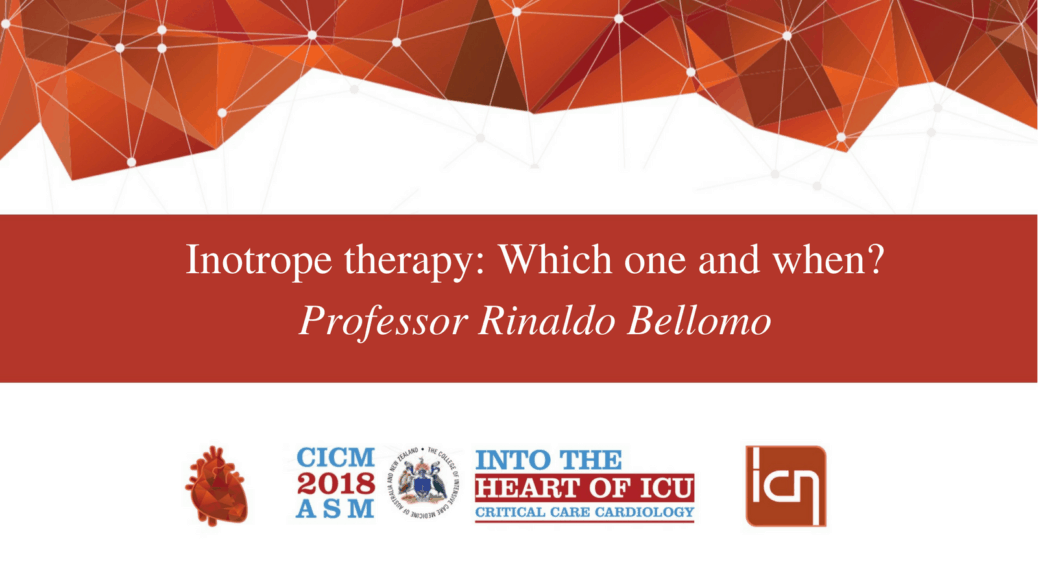Inotropic agents are commonly used in critically ill patients to support myocardia contractility either in the setting of cardiac surgery or ischemia or in the setting of sepsis associated myocardial dysfunction. The most commonly used agents are beta-agonist drugs (dobutamine), mixed beta and alpha agents (adrenaline and dopamine), phosphodiesterase inhibitors (inodilators) such as milrinone or enoximone or calcium sensitizers (levosimendan). Such agents are currently used according to clinician and/or unit preference based on tradition, mentorship, belief, inductive physiological reasoning, familiarity, understanding of pharmacokinetic and pharmacodynamics properties, side effects, and cost. No randomized controlled trials exist to support the notion that treatment targeted to similar physiological outcomes (ie cardiac index or MVO2) with one drug versus another would yield a different clinical outcome. More recently, however, two double-blind RCTs have compared adjunctive inotropic therapy with levosimendan in patients with post-operative low-cardiac output syndrome or low pre-operative ejection fraction. Both found that the addition of levosimendan was not superior to the edition of placebo.

























